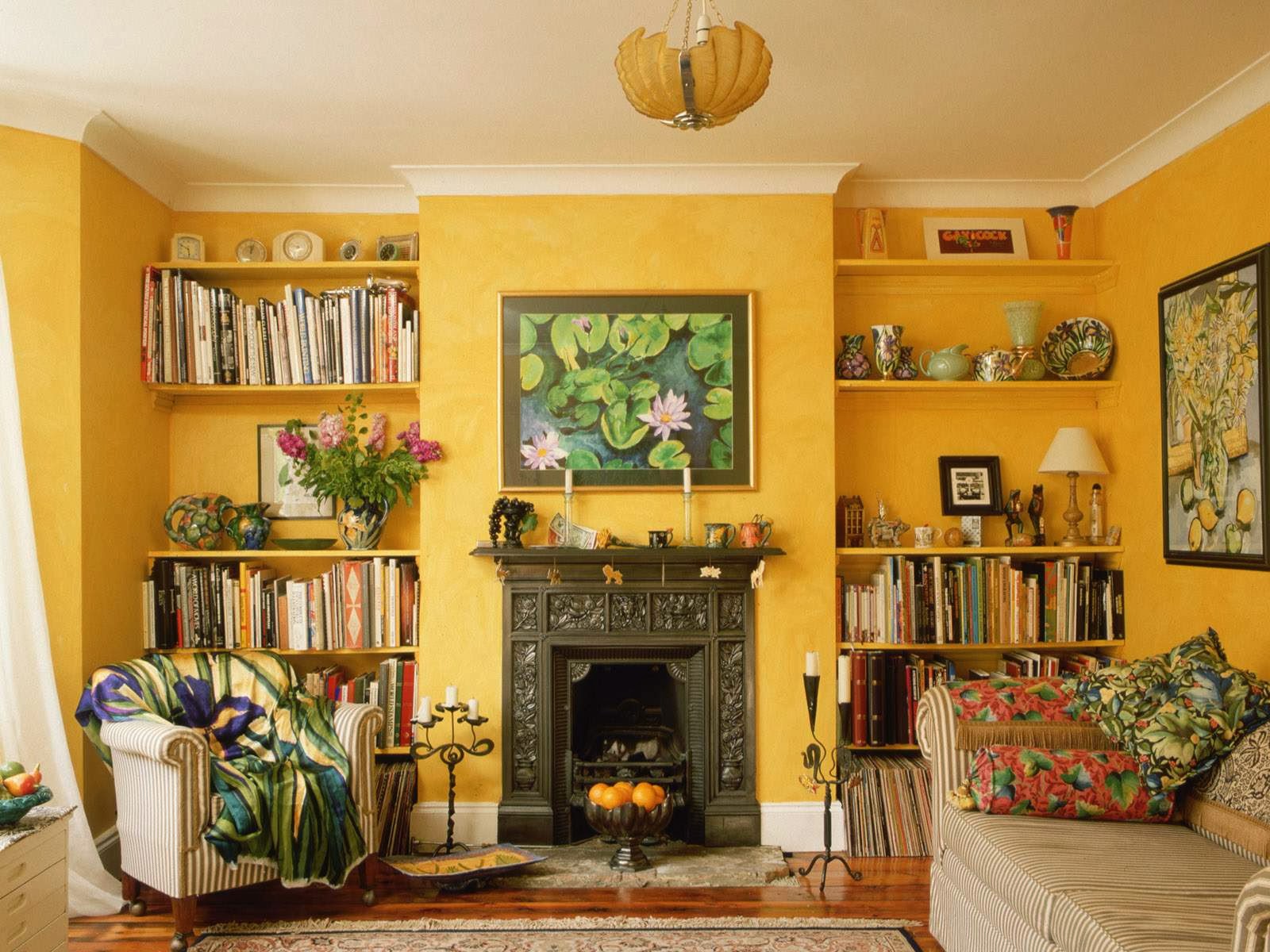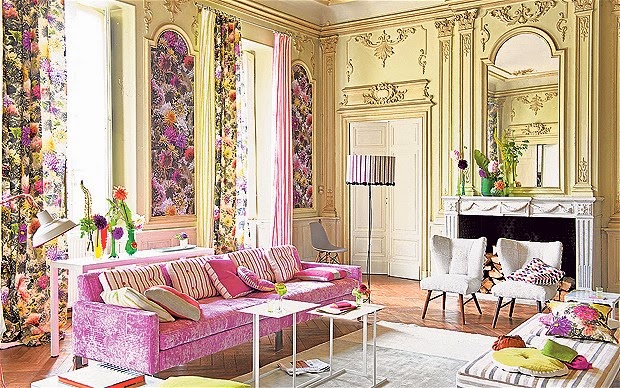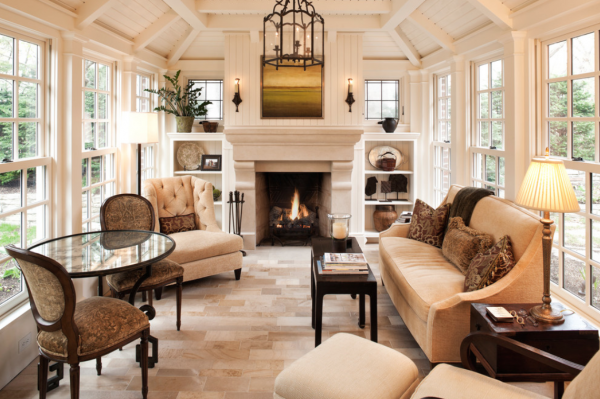
Traditional interior design encompasses a great variety of elements in a home. From the ceilings to the floor; including the trim, the wall finishes--all the way to the window treatments and the furniture.
The careful designer must focus attention on each of these items in order to create the ideal design. Lighting, wall treatments, flooring, and furniture are all fundamental steps in creating a smooth design. Each of these elements should tie in carefully with the last, creating an interchanging staircase of design. Theme, color, texture, and placement are the tools with which you are to design this delicate stairway.
Themes of traditional interior design vary from traditional to modernistic, from eclectic to yes--even retro. The decision of theme should (in my opinion) be left entirely up to the individual homeowner or business owner. Each person has a message they would like to convey to the world through their space. It is your job, as the designer, to listen to their wants and needs and to develop a solution that suits them perfectly.
If the client is having difficulty in assessing his or her design needs, provide them catalogs or magazines to browse through. Traditional interior design is a concept that is simple and everyone should be able to understand. After browsing through magazines and determining what appeals to them visually, it would be a good idea to ask them about their lifestyle needs.
Most clients with children will definitely need to keep the cost modest of their furniture. If the person is active socially and plans on entertaining, you will want to be sure to organize any recreational spaces in a way that is ideal for that type of entertaining.
Once the basic theme has been decided upon, the next major set of choices will be what colors to base those themes on. I always advise clients that it is better to fit the color with the space than the person in this situation. Does that sound unfair?
Many clients will associate their first color selection with their favorite color. A favorite color and wall paint sometimes don't mix very well. Traditional interior design motivates the color choices more towards colors that match the room's needs. This is so because very often you will find that even if a client is less then enthusiastic about the color selection, after the room has been painted and they have had the chance to see it, they change their minds quickly.
Try to offer this type of solution to your client in an encouraging, helpful way rather then with a know-it-all attitude. If they are still not very enthusiastic, try to show them pictures of similar colors in catalogs to give them a better feel of how it will look. Catalogs and magazines are an endless resource for things like this because it offers people a little insight into how designs play out.















